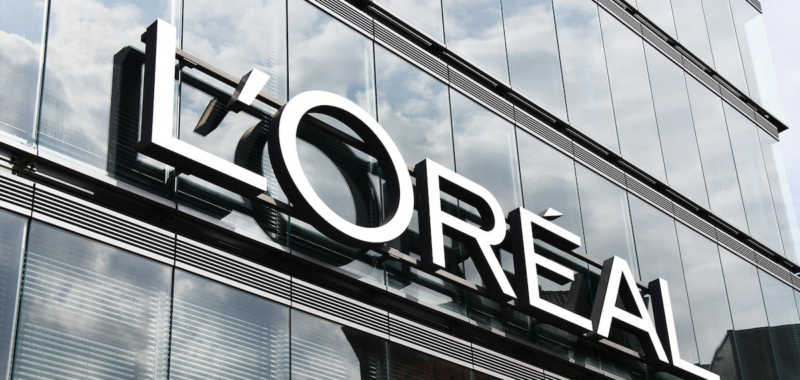
A slight slowdown in beauty spending weighed on LâOréalâs earnings.
In its second quarter results, announced July 30, the worldâs biggest beauty company delivered like-for-like sales growth of 5.3 percent to $11.75 billion, just below consensus estimates.
Its dermatological beauty unit, which includes buzzy brands such as Skinceuticals and Cerave, is usually a blockbuster, but grew 10.8 percent, missing expectations of 17.4 percent growth. Its North Asia division, which is 60 percent mainland China, declined 2.5 percent, while North America grew 3.4 percent, though Europe performed more favourably, growing 9.7 percent.
Despite its size and roster of well-known and well-loved brands, LâOréal is not immune from the prestige softening that is also weighing on its peers. In its second-quarter earnings last week, LVMHâs perfume and cosmetics division grew 4 percent, missing estimates of 5.4 percent, while Unileverâs results last week noted a slowdown in its prestige beauty division. Estée Lauder, which with the exception of drugstore skincare line The Ordinary is a prestige pure player, has had well-documented difficulties regrowing its sales post-pandemic.
However, discounts and more drugstore activity is not on the cards. âWe are happy to gain market share, but not at any cost,â said Christophe Babule, chief financial officer, adding that the company will grow its market share through âsuperior product qualityâ and not âcrazy discountsâ.
Pointing to bright spots for the company, both in China and in the overall prestige market such as the premium skincare brand Helena Rubinstein and the YSL Beauté cosmetics range, he said the company will âvalorise through innovationâ, but will continue to innovate in its lower-priced lines such as Maybelline, Garnier and LâOréal Paris. âWe will [also] speak to the people who only want to spend three euros,â he said.
Babule added that smaller formats of premium products, or refills allow the company to offer its prestige offerings at a lower price without diluting the brand, and said skincare refills are very popular in China.
He conceded that the inflationary environment was a concern more so now than at any other time in the last two years, and the company had invested in revenue growth management tools to protect its margins.However, spending on marketing and innovation wonât be slowing down. Babule highlighted the Lancôme Genifique skincare range as one primed for a facelift, saying it is had not major innovation in years, while Hieronimus outlined plans to grow the affordable skincare line Cerave further in the Indian market, following its 2023 launch.
More additions to Amazon could also be underway. Noting that many of its brands had been available on Amazon via the grey market for years, Hieronimus said the recent rollout of Kiehlâs, Kerastase and Lancôme had additive to the brandsâ positioning.
âWe are cleaning the market up,â he said.
Sign up to The Business of Beauty newsletter, your complimentary, must-read source for the dayâs most important beauty and wellness news and analysis.
Learn more:
LâOréal Q2 Sales Rise but Depressed China Market Weighs
The Paris-based company said sales in the quarter reached â¬10.88 billion ($11.75 billion), up 5.3 percent on a like-for-like basis from a year earlier, but undershooting the 5.9 percent growth seen in a consensus compiled by Visible Alpha.

